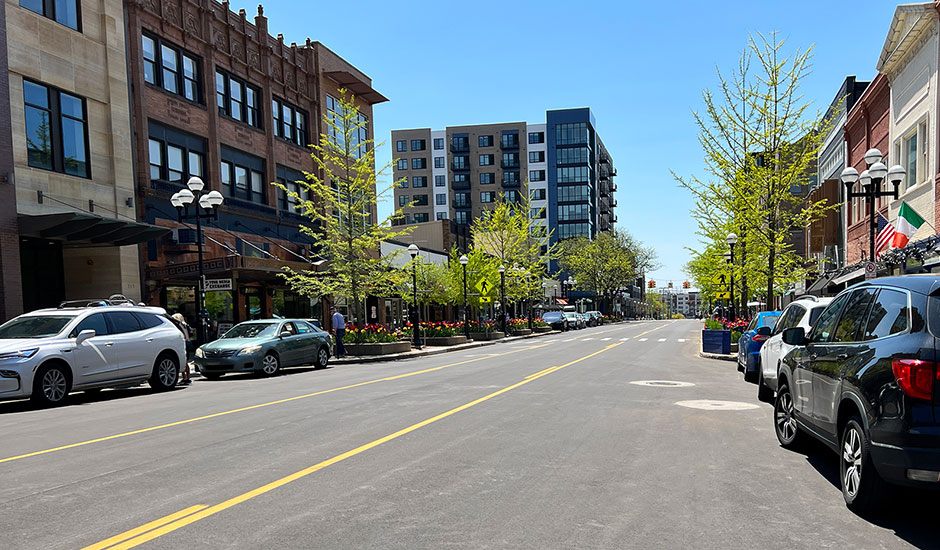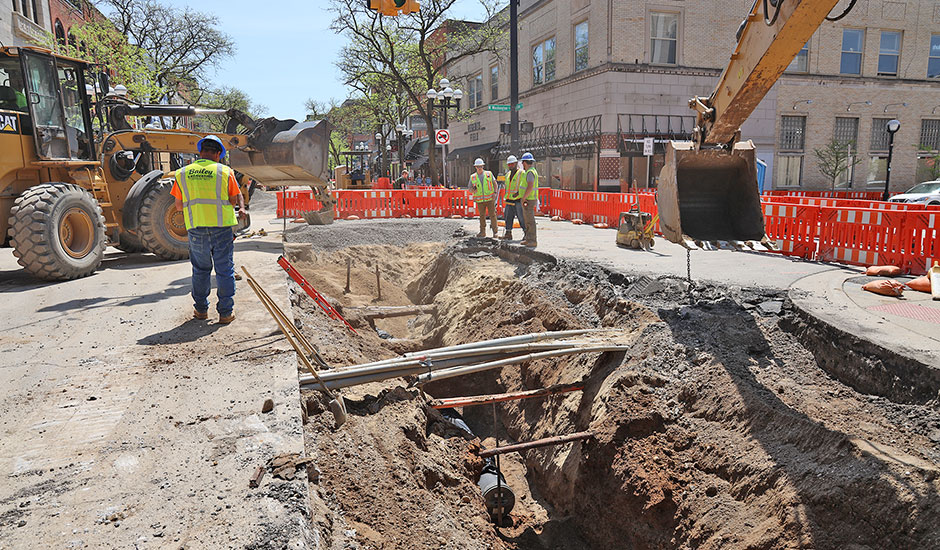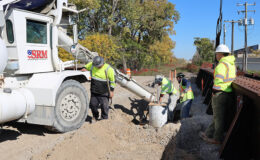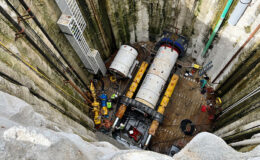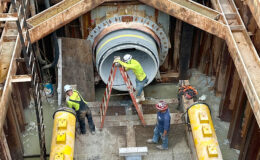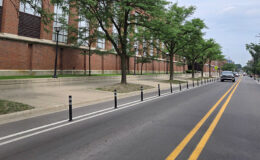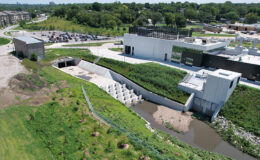As part of ongoing efforts to update its downtown infrastructure, the City of Ann Arbor replaced 100-year-old water main and resurfaced roadway on S. Main Street for three blocks from E. Huron to William Streets. The water main had reached the end of its service life and had several non-functioning valves that decreased capacity, performance, and reliability. The water main was upsized from 8-inch to 12-inch pipe to accommodate future needs, and two new fire hydrants were added to improve fire flow and coverage. Upon completion of the underground utility replacements, the roadway was repaved, and sidewalks and ramps were updated to comply with ADA requirements. Wade Trim provided design and construction services for the improvements.
Recognizing the project’s impact on the downtown area, Wade Trim worked closely with the City, Downtown Development Authority (DDA), Main Street Area Association (MSAA), businesses, and residents to identify priorities and communicate updates throughout the project. Meticulous work staging was completed to keep the downtown area vibrant and accessible during construction, accommodating on-street dining and small events while certain blocks were under construction. A three-phased project implementation approach was used to minimize economic impacts and complete the project in time for the Ann Arbor Art Fair, an annual event that that draws close to half a million attendees over three days in July.
Meeting this critical deadline required addressing a variety of unique site challenges. Documentation of utilities and building structures in this congested area was not exact. Wade Trim performed extensive research into historical records to locate timber trolley tracks dating from the 1890s and communicated with all area building owners to access and measure basement vaults that impacted the design. During construction, unexpected water main pipe turns, inactive water services, and cisterns used to store rainwater for fighting fires in the late 1800s were discovered requiring further investigation, excavation, and time to remove and/or fill. Where necessary, the cisterns were bisected to route water lines. In addition, fire hydrant locations had to change without impacting outdoor dining space. Facing these challenges, the project team successfully adjusted the construction schedule and engineering designs, updated records, and completed the project on time and budget.

